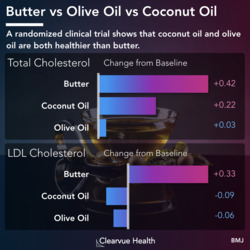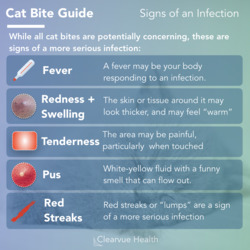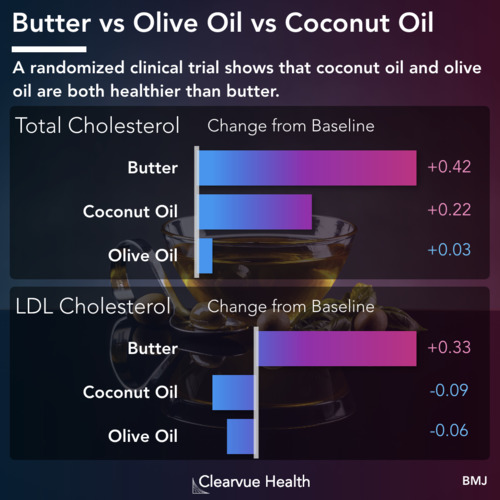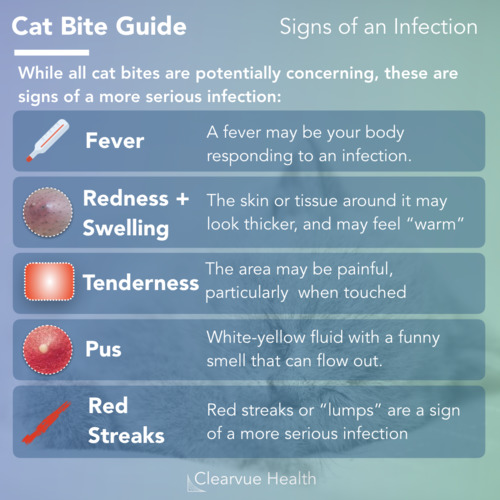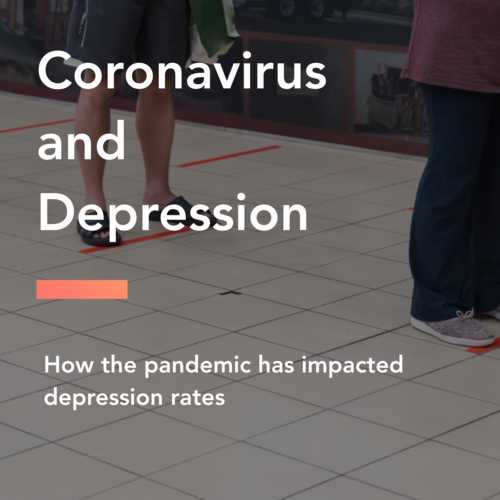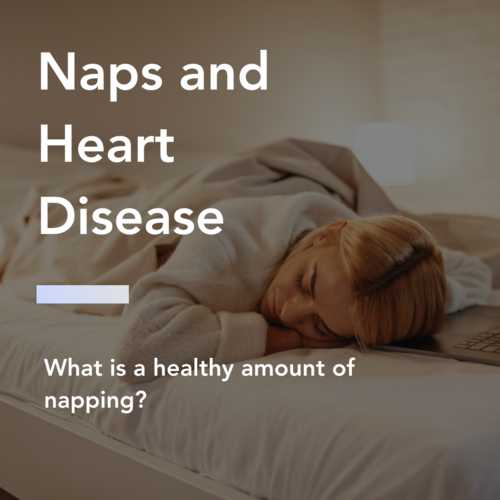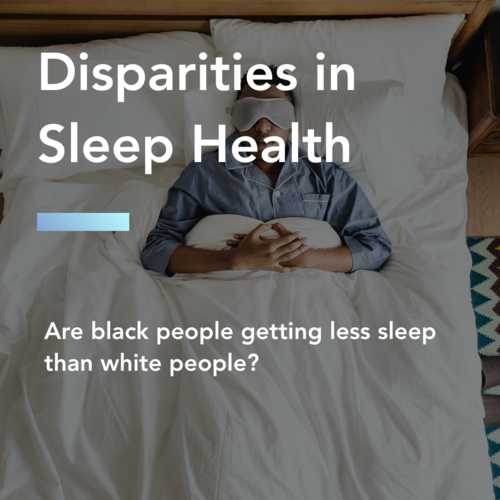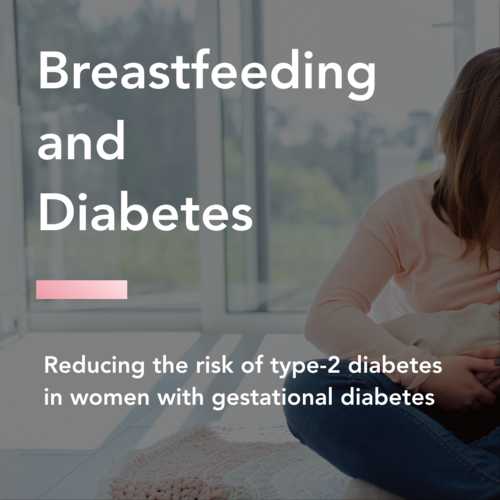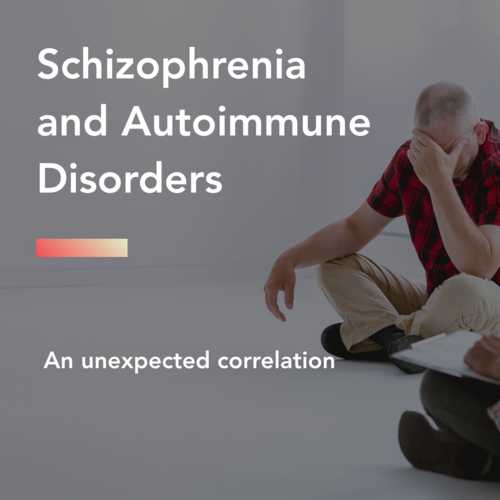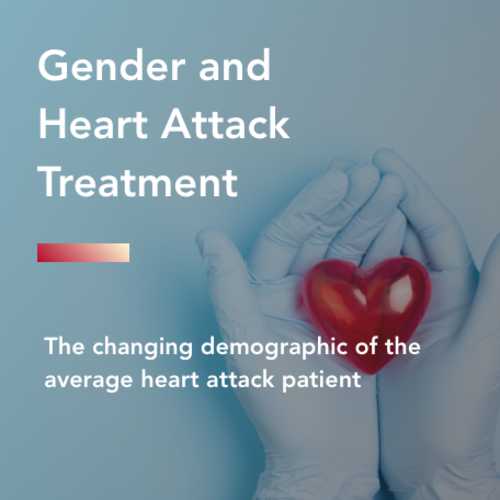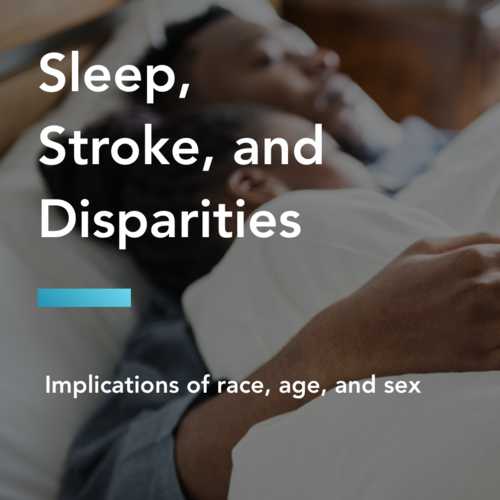4 boys are diagnosed with autism for every girl

Demographics of Autism. Autism is most commonly diagnosed in boys. For every 1000 8 year-old boys, 24 are diagnosed with autism. For every 1000 8 year-old girls, 5 are diagnosed with autism. Interestingly, the diagnostic rate of autism varies significantly by state. In New Jersey, the CDC estimates that 24/1000 8 year olds are diagnosed with autism. Meanwhile, this number is only 5% in Alabama.
Generally, in the United States, there are 24 boys out of every 1000 8 year-olds who have autism.
Meanwhile, there are only five girls out of every 1000 8-year-old girls who have autism.
This shows a dramatic disparity that biology has yet to fully explain. Two key scientific studies provide some clues on possible reasons behind this.
More Info on Autism
Autism Spectrum Disorder
The Key Deficits in Autism Spectrum Disorder
Girls are underdiagnosed with autism

Diagnosis of Autism in Boys and Girls. Girls are routinely underdiagnosed when it comes to autism. Typically, there are four boys diagnosed with autism for every girl. However, when there is an expert reviewing the symptoms, this ratio shrinks to 3:1.
One possible reason is that we are just not as good at diagnosing autism in girls. Medical and educational professionals may overlook symptoms of autism in girls.
In a large meta-analysis looking at multiple studies, researchers found that girls are routinely under-diagnosed with autism.
When researchers looked at existing diagnosis for autism, they found that generally doctors diagnose four boys with autism for every girl, as expected based on demographic data.
However, when there was an expert reviewing the diagnoses themselves, they found that more girls got diagnosed. They estimated that in reality, the gender ratio is closer to 3 to 1. For every boy with autism, there are three girls.
Part of this may be due to gender differences and stereotypes. Boys may exhibit a lot of the traits of autism more openly while girls may do a better job of hiding them.
It is also possible that doctors might be more vigilant about autism in young boys given the data.
Autism is highly driven by genetics

Autism is highly driven by genetics. Autism is highly driven by genetics. Researchers estimate that 80% of variation in autism is due to inherited genetic factors. This varies by country.
Another more biological reason comes in the form of genetics.
As shown in the data below, autism is a highly heritable disorder. It is heavily driven by genetics.
A recent study estimated that 80% of autism variation is driven by genetics while 20% is driven by environmental factors such as upbringing and schools.
Girls have more autism mutations than boys

Girls diagnosed with Autism had 3x the number of damaging mutations in autism genes (CNVs) compared to boys.
Not surprisingly, researchers found that genetics impacts boys and girls differently when it comes to autism.
One study found that girls diagnosed with autism have more mutations in autism related genes than boys diagnosed with autism.
Girls also had 3x the number of large mutations in autism-related genes than boys, suggesting that they may also be more affected by these mutations.
This is consistent with the theory that girls are underdiagnosed with autism. Based on this data, it looks like girls who receive a diagnosis of autism tend to have more severe autism risk factors than boys.
It also further supports the idea that girls are better able to compensate for their autism.
Keys to health
As you can see in the data above, the disparities in autism may have a sociological and a biological component.
Society may be more likely to call a boy autistic. Girls may also be more likely to compensate for autism symptoms, as evidenced by the fact that it takes many more gene mutations for a girl to reach autism.








